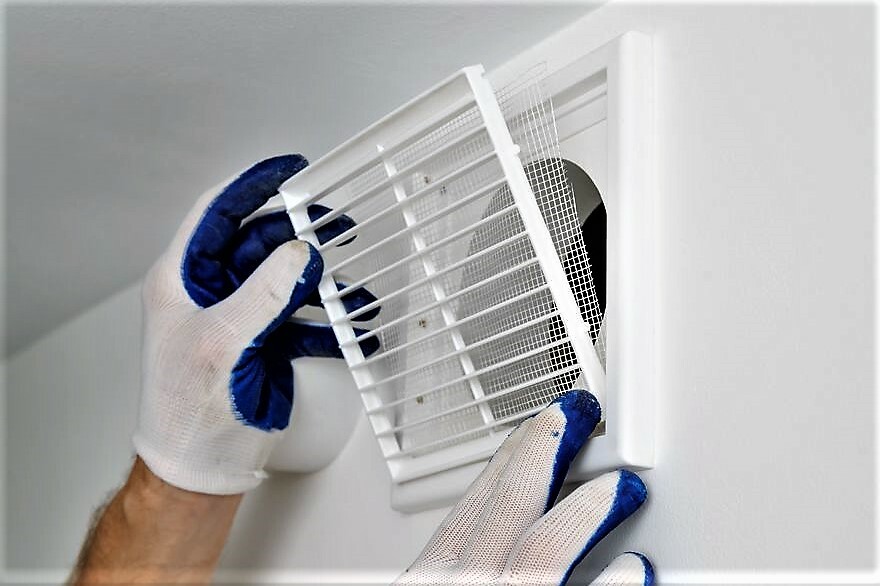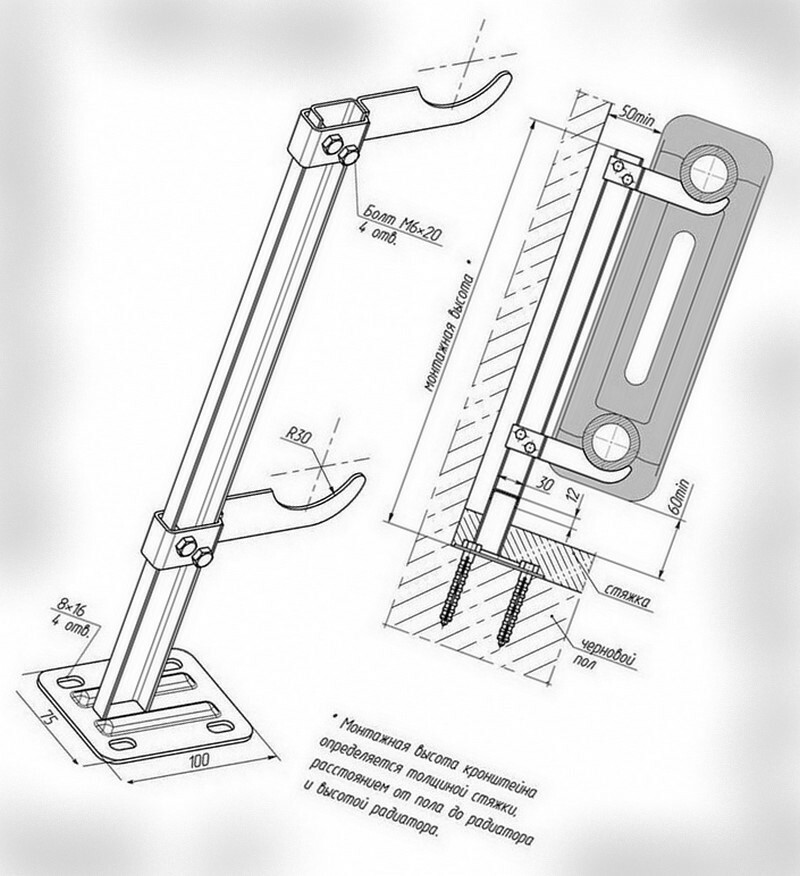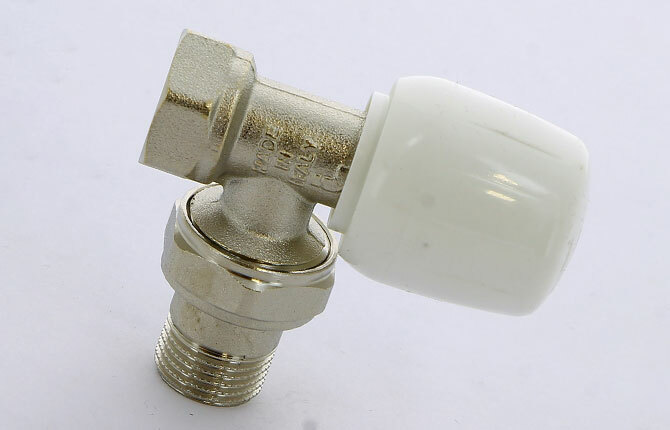Components for radiators of the heating system must be selected correctly. You can’t buy the first ones that come across, install them, and then complain that the heating network is not working correctly.
Modern radiators in terms of technical characteristics are very different from their cast-iron counterparts. Accordingly, it is necessary to approach their configuration in a different way.
The content of the article:
- Why do you need accessories for radiators
-
Components of the first group
- Thermal head
- valves
- Air vents
-
What accessories are needed to install heating radiators
- Mounts
- reflective screen
- How to choose the right accessories
Why do you need accessories for radiators
Components for heating radiators are a large number of devices, devices and parts that are different in purpose. Each carries its own functionality and is responsible for certain requirements.
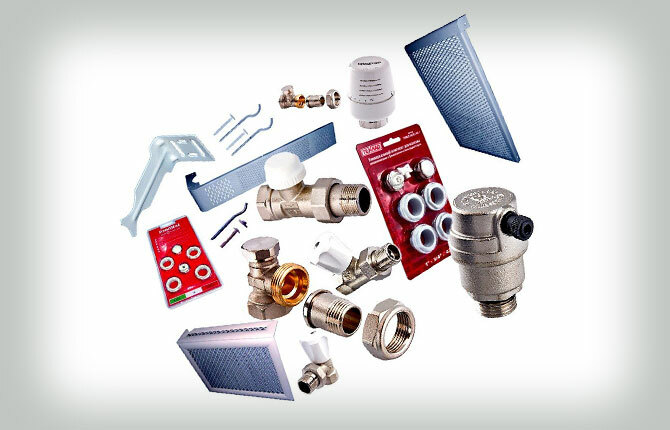
Consider each component and indicate its purpose. All devices and devices are divided into two groups:
- Responsible for the correct operation of radiators.
- Installation and decorative products.
Components of the first group
Basically, this group includes shut-off and control valves, with the help of which the coolant flows inside the radiators are regulated. Devices that cut off the batteries from the heating circuit are also added here - shutoff valves.
The first component is thermal valves, they are also thermal valves. Their purpose is to control and regulate the flow of coolant to the heating radiator. They are presented in two modifications:
- manual;
- automatic.
The first ones are similar in design to ordinary water valves. By rotating the rod, you can increase or decrease the cross section of the passage through which the coolant moves into the battery.
The automatic component is better in this regard. It is usually mounted together with a thermal head. Both devices independently control the temperature in the room by adjusting the supply of coolant. It turns out that, depending on the air temperature, the amount of coolant entering the radiator is adjusted.
Accordingly, the temperature of the heating batteries is adjusted. The less coolant is included, and its speed is lower, the less heat the heating network gives off to the room. Automatic devices do not need human intervention.
Both options are installed at the inlet to the radiator: on the pipe or at the end of the heater. The manual accessory can be mounted regardless of location. Automatic only so that warm air flows from the battery do not fall on it.
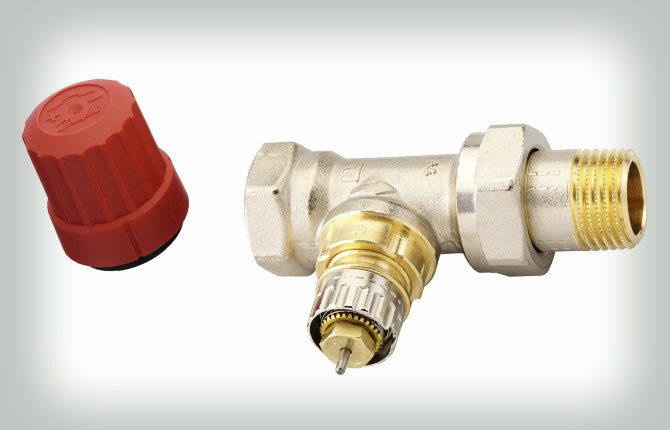
Thermal head
This is the second most important component. Its design includes:
- stop valve;
- a bellows filled with a liquid that reacts to temperature changes;
- actuating mechanism - rod and return spring.
The principle of operation of the thermal head is not complicated. The fluid inside the bellows responds to changes in temperature, such as an increase. It expands in volume and begins to put pressure on the stock. The latter presses on the valve, which partially or completely blocks the section of the pipe through which the coolant moves into the radiator. This is how the temperature in the heating system decreases.
If the temperature in the room has decreased, the process moves in the opposite direction - the liquid decreases in volume. It ceases to put pressure on the rod, on which the spring presses on the opposite side. The valve opens the pipe for the coolant.
Manufacturers offer three types of components of this type:
- With built-in temperature sensor. They are mounted directly on the heater in a horizontal position.
- With remote temperature sensor. These models are used in three cases: it is not possible to install the sensor horizontally, the radiators are covered with thick curtains, an additional heat source is located nearby. Structurally, it looks like this - the head is installed on the radiator, the sensor is moved to the side. Both components are connected by a cable for signal transmission.
- electronic models.
Statistics on the use of thermal heads shows that their installation saves fuel. And this figure is 20%. Even with a fairly expensive price of the component, everything is compensated fuel economy for heating.
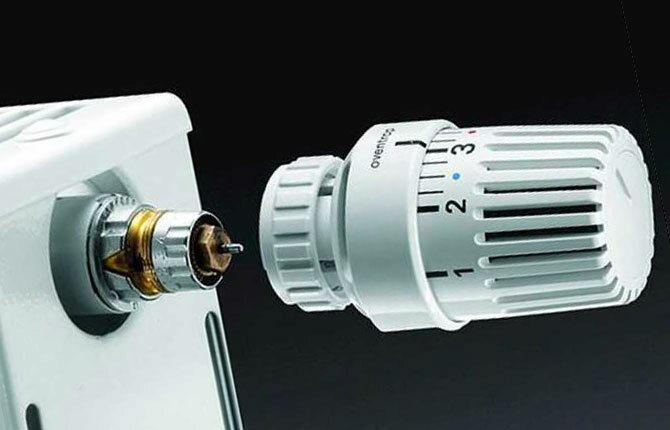
valves
This is the third type of components from the first group. Usually they are called cut-off valves, because the valves have one purpose - to shut off the coolant supply. Installation is made in front of the thermal head on the supply circuit.
They are used in one case - there is a need to replace the radiator with a new one or to repair it.
Air vents
The coolant is usually water, in which air is always present. With an increase in water temperature, with a decrease in its speed and a decrease in pressure, such an indicator as the solubility of air in water decreases. This leads to the release of air and its collection in the form of plugs in the U-shaped sections of the highway, heating radiators and collectors.
Such a plug becomes an insurmountable area for the movement of the coolant. In addition, air has a negative effect on metal components, which begin to corrode.
To remove air from radiators, air vents are used, which are divided into two groups:
- Manual, they are Mayevsky cranes. Installed at the top of radiators and heated towel rails.
- Automatic.
The first components last twice as long as the second - up to 20 years. The reason for this lifetime is the lack of moving parts. The first is mounted horizontally, the second - only vertically.
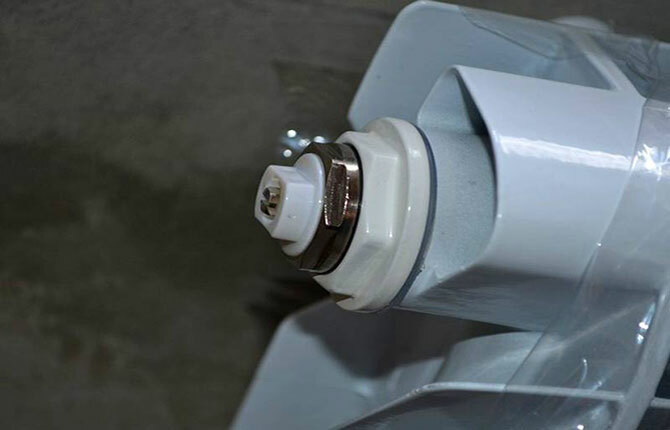
What accessories are needed to install heating radiators
The second group of accessories includes:
- mounts for radiators;
- reflective screens;
- decorative panels, they are gratings.
With the latest components, it's clear. Their task is to cover the radiator with themselves, to make the place of its installation presentable in terms of appearance. They also close the pipes of the heating system and valves, protecting them from mechanical stress, which sometimes happens. The only drawback is that by closing the radiator, the grill reduces the heat transfer of the heater.
Manufacturers offer various options for decorative panels in terms of their appearance. Therefore, attention should be paid to the material from which the gratings are made. There are four varieties here:
- metal;
- wooden, this also includes products from MDF;
- plastic;
- glass.
The latter are a beautiful specimen, but not entirely safe. Plus, it's expensive.
Do you cover heating radiators at home with decorative panels?
Yes. Aesthetics above all.
100%
No. For me it's impractical.
0%
I don't have radiators in the house.
0%
Voted: 1
The main component of the choice is the safety of operation. The material under the influence of temperature should not emit substances harmful to the body.
In terms of design, the component panels also have differences:
- flat grids;
- mounted with an upper shelf covering the radiator, they are also open;
- hinged closed;
- box
If the task is to close the radiator battery, but at the same time its heat transfer should not suffer, then it is better to buy the first option. The rest in any case will reduce this parameter, especially the box.
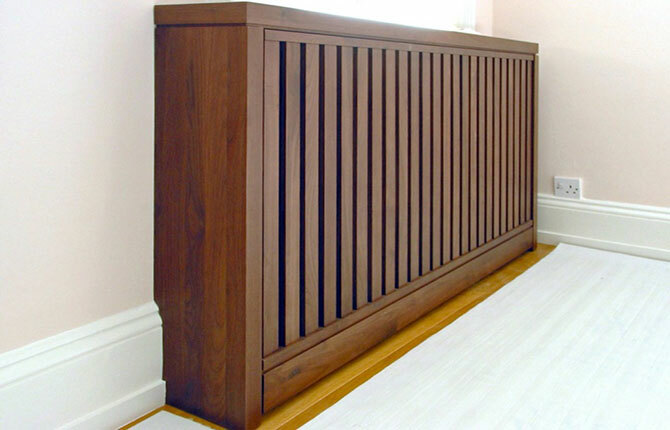
Mounts
This component has one purpose - fixing the radiator. It can be wall or floor. In the first case, the mounting is made on the wall, in the second - on the floor base.
To choose the right type of fastening, you must consider:
- radiator dimensions, its weight;
- the material from which the heating battery is made;
- the material from which the wall is built;
- room design;
- window opening dimensions.
The wall version is a metal bar with two hooks. That is what is often used. There is a modern version similar to the previous one. These are hooks that are not installed on a long bar, but are a separate component that is installed at the top and bottom of the radiator.
On sale you can find pin fasteners. This is a steel rod, which has a thread on one side, and the opposite end is bent in the form of a hook. To install the radiator, you need to drill a hole in the wall where the hook is screwed into.
To determine the amount of fasteners required, the size of the radiator is usually taken as a basis:
- up to 8 sections - two components;
- from 10 to 14 - three;
- then, every 4-7 sections, one fastener is added.
In the latter case, the number of sections depends on the material of the radiator. For example, for cast iron - every four, for aluminum - every seven, for steel - every five or six.
Outdoor accessories on the market are also widely represented. They are mainly used to install cast iron or steel batteries.
Form classification:
- Fork. The heating battery is laid on two half-stacks with a recess. They are no longer attached to anything. Everything rests on the weight of the heater itself.
- Fork with a U-shaped collar that is applied over the top. The two parts form a tube. They are connected with each other with bolts.
- Fork with chain. Here, instead of a collar, a chain similar to a bicycle is used.
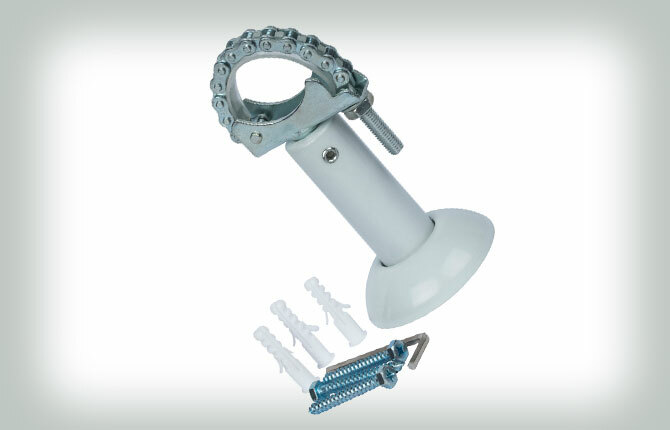
reflective screen
The purpose of this component is to reflect the heat emanating from the radiator, which, without a screen, passes through the wall to the street.
Therefore, it consists of two layers:
- thermal insulation material;
- aluminium foil.
The latter performs the functions of a reflective element, so the screen itself is laid with foil towards the radiator battery.
What you need to pay attention to when choosing this material:
- Thickness - 3-5 mm.
- Thermal insulation material: penofol, tepofol, porilex and isolon. The manufacturer must indicate this on the label.
- The area of the component must be 10% larger than the area of the heater.
It is necessary that between the radiator and the screen there is a gap of 4-6 cm wide. The reason is to reduce heat transfer between them.
The heat-reflecting screen is attached to the wall in various ways: small nails, liquid nails, wallpaper glue.
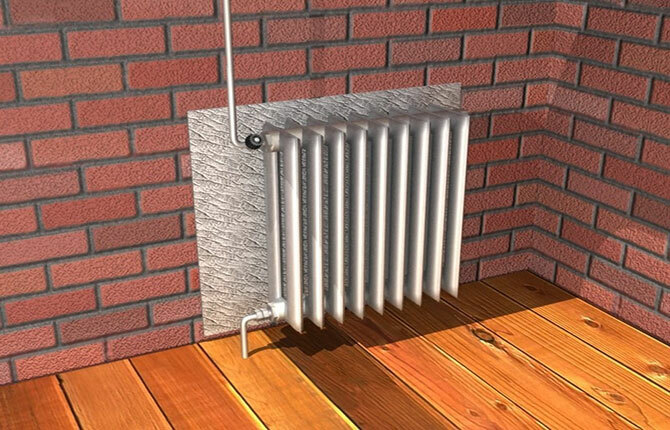
How to choose the right accessories
There is no set of accessories for radiators. Each item will have to be purchased separately. Some manufacturers complete heating devices with several components, but nothing more. Therefore, it is important to choose the right elements.
There are three criteria to pay attention to:
- The temperature and pressure of the coolant in the heating system. Not all components are selected by this parameter. But the main ones (shutoff and control valves) are a must.
- The flow area inside the radiators must be unchanged. Therefore, components are selected according to the diameter of the passage. Installed with a smaller diameter, we got an incorrectly working network.
- The price of components for cast iron and other types of heating radiators determines the quality. You can't save on them.
Components for heating appliances increase quality and performance heating systems, especially if it works in a natural way - without the participation of a circulation pump. But even in a coercive system, they should not be abandoned. Therefore, it is necessary to choose the right accessories and elements.
Accessories for radiators: video.
If there are questions that require clarification, write in the comments. Maybe you already have experience in choosing components? Share it with other people. Bookmark this article so you don't lose the information you need.
